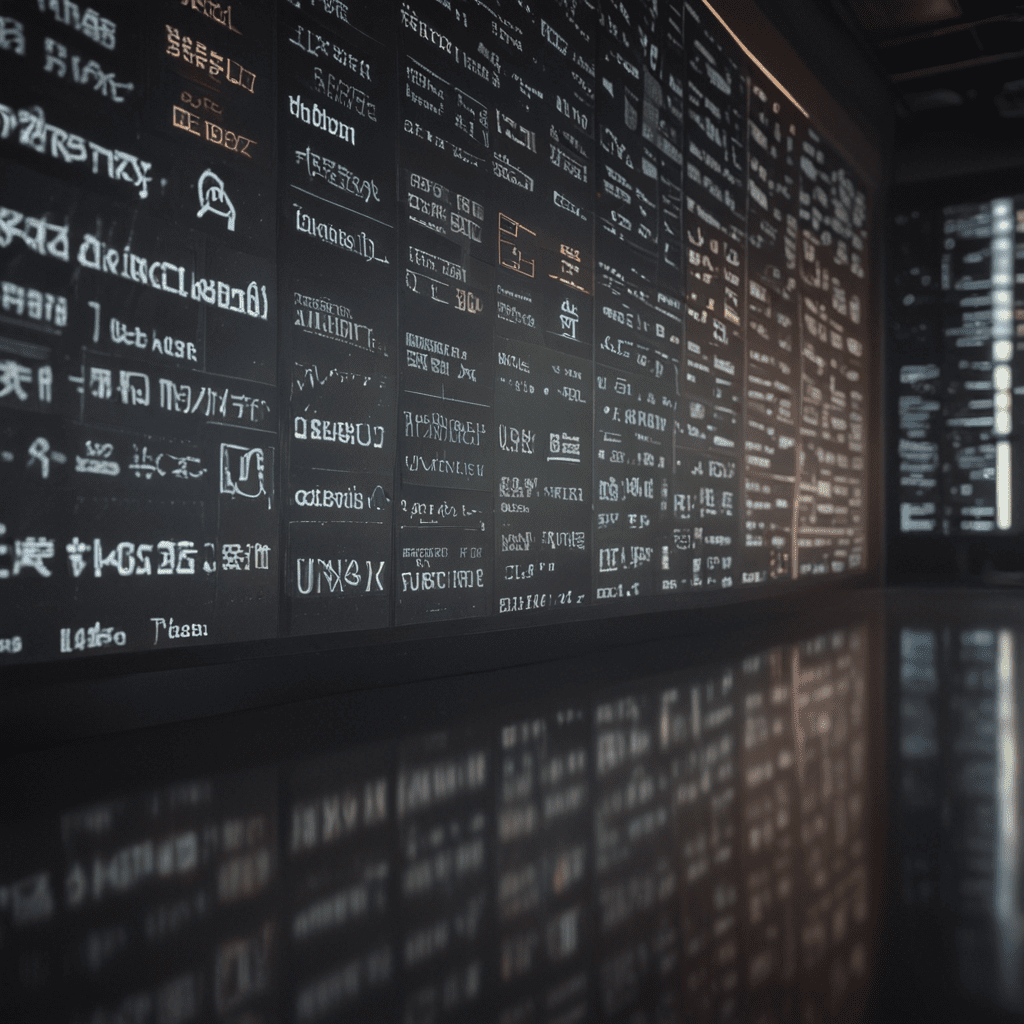Introduction to Emotional Design
In today's fast-paced, digital landscape, user experience (UX) plays a pivotal role in determining the success or failure of any online product or service. As technology continues to advance, so does the need to create meaningful and engaging experiences that resonate with users on an emotional level. Emotional design is a crucial aspect of UX that involves designing for the emotional impact on users. By understanding the psychology of emotions and carefully considering user needs, designers can create digital experiences that evoke positive feelings, build trust, and ultimately enhance overall user satisfaction.
Understanding the Psychology of Emotion
Emotions are complex psychological states that play a significant role in our thoughts, behaviors, and overall well-being. When designing for emotional UX, it's essential to have a solid understanding of the psychology behind emotions. By studying the various theories and models of emotion, designers can gain insights into how emotions arise, how they are processed, and how they influence our experiences. This knowledge enables designers to intentionally design for specific emotional responses and guide users through a desired emotional journey.
Mapping Emotions to User Experience
The key to successful emotional design lies in effectively mapping emotions to the user experience. Designers must carefully consider the emotions they want to elicit at different stages of the user journey. By aligning emotions with user goals and the context of the interaction, designers can create experiences that are both emotionally resonant and aligned with business objectives. This involves identifying key moments throughout the experience where emotional interventions can be strategically placed to maximize impact and drive desired outcomes.
Designing for Positive Emotional Responses
Positive emotions, such as joy, excitement, and surprise, can significantly enhance the user experience. By understanding what triggers positive emotions and incorporating these elements into the design, designers can create experiences that bring delight and make users feel valued. Positive emotions foster engagement, build trust, and create a memorable experience. Moreover, designing for positive emotional responses can ultimately contribute to increased customer loyalty and brand advocacy.
6. Evoking Empathy and Connection
Emotional design extends beyond eliciting positive emotions to foster empathy and connection between users and the digital product. By creating experiences that resonate with shared human values and experiences, designers can evoke a sense of belonging and understanding. This emotional connection enhances user engagement and loyalty, as users feel a personal investment in the product or service.
7. Creating Meaningful Experiences
Emotional design aims to create experiences that are not only engaging but also meaningful. By understanding user motivations, needs, and aspirations, designers can craft experiences that align with their values and aspirations. Meaningful experiences foster a sense of purpose and fulfillment, making users feel invested in the product and more likely to recommend it to others.
8. Tools and Techniques for Emotional Design
Various tools and techniques can aid in the implementation of emotional design principles. These include:
- User research: Conducting user interviews, surveys, and observations to gather insights into user emotions and motivations.
- Personas: Developing fictional characters that represent target user groups, helping designers understand their emotional responses.
- Mood boards: Creating visual representations of the desired emotional atmosphere of the experience.
- Storytelling: Using narratives and engaging content to connect with users on an emotional level.
9. Measuring the Impact of Emotional Design
Evaluating the effectiveness of emotional design requires quantifiable metrics. This can involve:
- User engagement: Tracking metrics such as time spent on the platform, page views, and interaction rates.
- User satisfaction: Collecting feedback through surveys and user interviews to gauge emotional responses to the experience.
- Conversion rates: Analyzing the impact of emotional design on desired actions, such as purchases or sign-ups.
10. Best Practices for Designing for Emotional UX
To design for exceptional emotional UX, consider these best practices:
- Prioritize user needs: Understand the emotional motivations and pain points of target users.
- Create a consistent emotional journey: Map emotions to the user experience and ensure a seamless flow of emotional responses.
- Use visuals and sensory elements: Engage users' senses through appealing visuals, sounds, and tactile feedback to evoke emotions.
- Foster a sense of control: Provide users with options and control over their experience to enhance feelings of empowerment and satisfaction.
- Iterate and test: Continuously gather feedback and refine designs to optimize emotional impact and user satisfaction.
Frequently Asked Questions
Q: How does emotional design differ from traditional UX design?
A: Emotional design focuses explicitly on understanding and eliciting user emotions to enhance the overall experience, while traditional UX design primarily focuses on usability and functionality.
Q: Can emotional design be applied to any type of digital product?
A: Yes, emotional design principles can be applied to a wide range of digital products, from e-commerce websites to social media platforms and mobile applications.
Q: What are some examples of successful emotional design implementations?
A: Examples include the intuitive and delightful user experience of the Apple iPhone, the playful and engaging design of the Nintendo Switch, and the emotionally resonant storytelling of the video game "The Last of Us."

